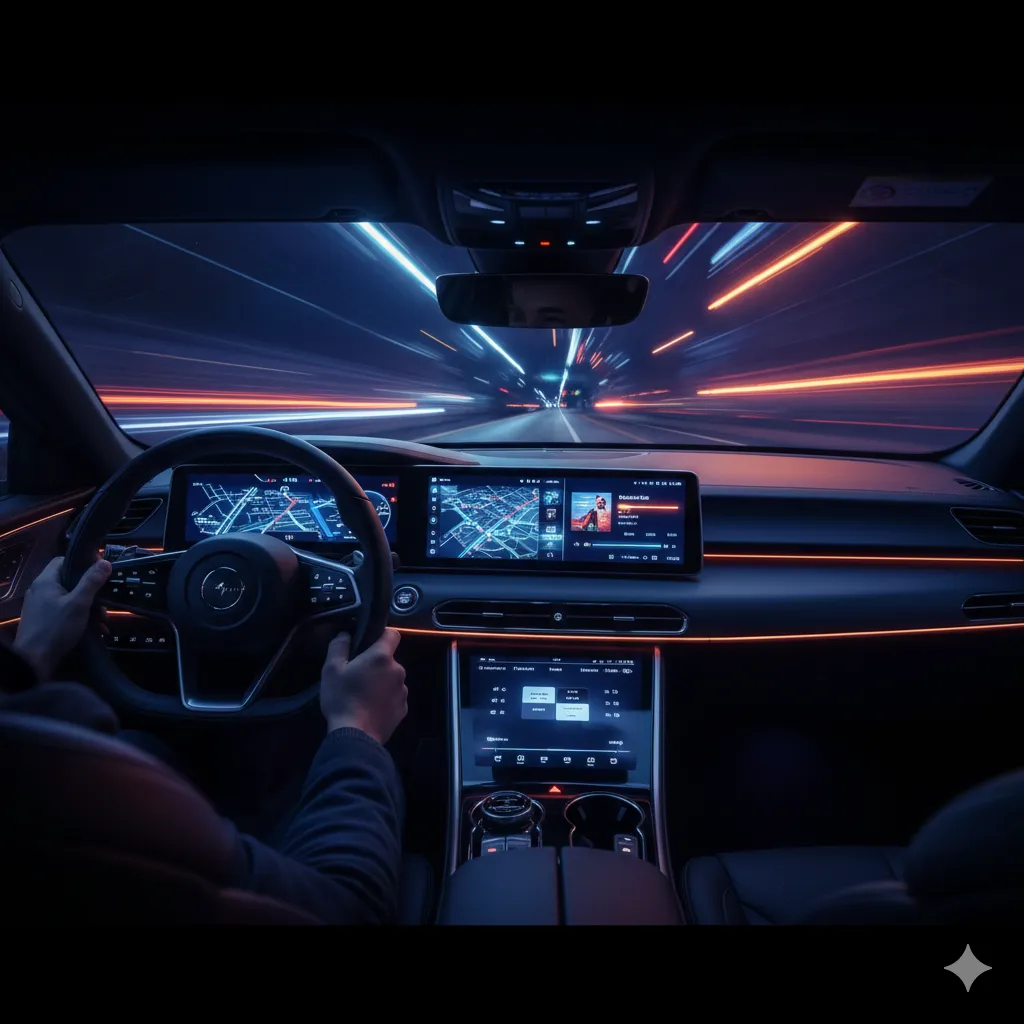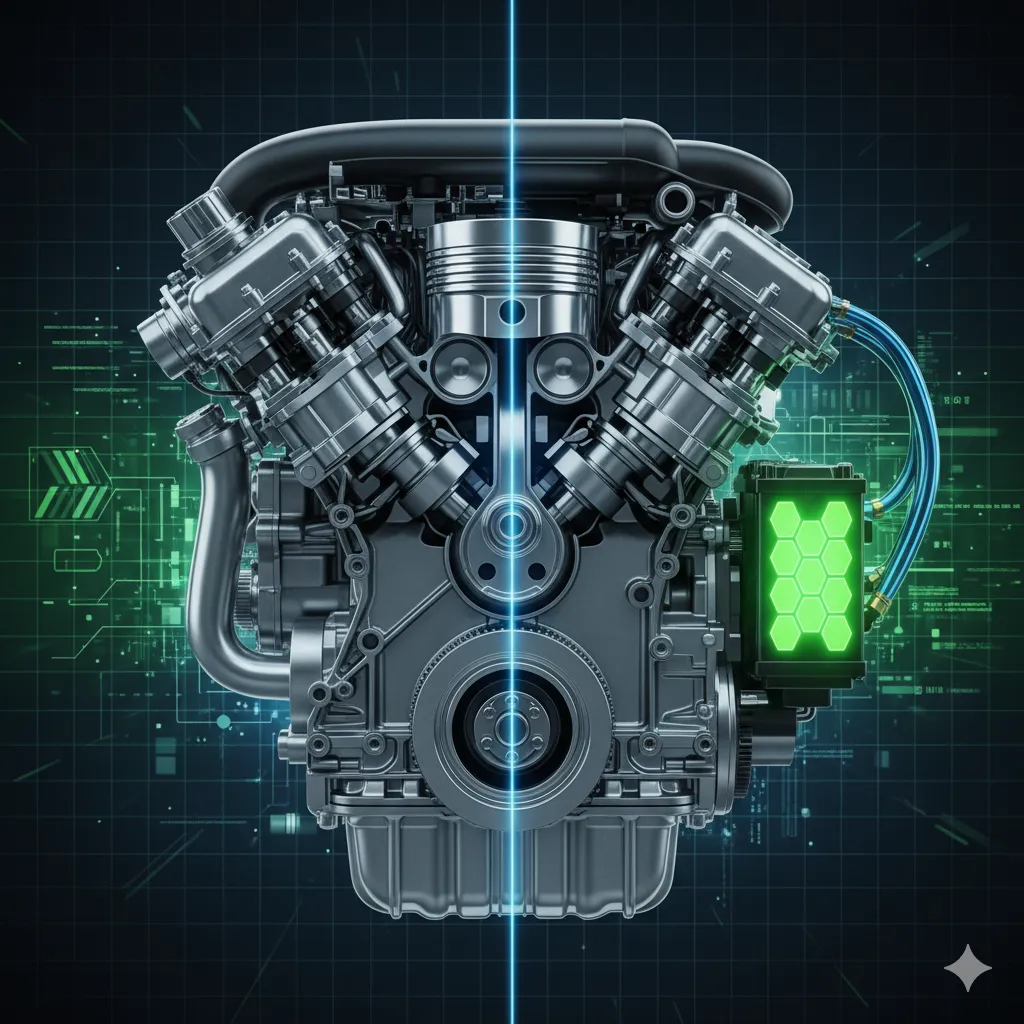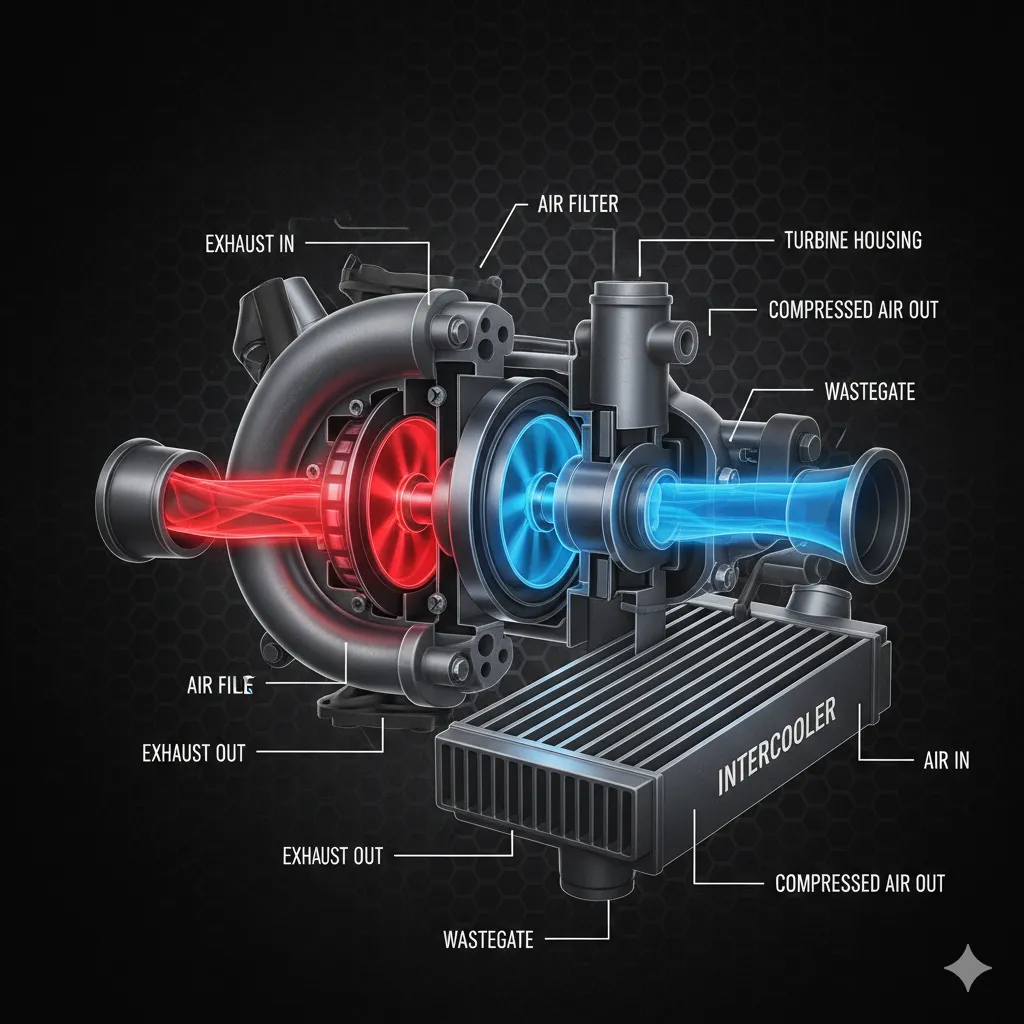
Master Apple CarPlay & Android Auto Tips for Safer Driving
Master Apple CarPlay & Android Auto Tips for Safer Driving
In the modern vehicle, your smartphone is the ultimate co-pilot. Apple CarPlay and Android Auto have become essential tools, transforming your car's infotainment screen into a safe, familiar, and powerful extension of your mobile device. They allow you to navigate, communicate, and entertain without ever taking your eyes off the road—or your hands off the wheel.
But are you truly maximizing your experience with these sophisticated car-to-phone interfaces? Beyond the basic navigation and music playback, there are powerful tips, hidden features, and optimization strategies that can turn your daily commute or next big road trip into a seamless, distraction-free adventure.
This comprehensive guide will walk you through the top Apple CarPlay and Android Auto tips to unlock their full potential, focusing on safety, personalization, and ultimate convenience.
Beyond the Basics: Essential Apple CarPlay and Android Auto Tips
Both platforms are designed with driver safety as the top priority, but a little configuration can go a long way in making them feel truly customized to your needs.
1. Master Your Home Screen Layout
The default arrangement of apps on your car's screen might not reflect your driving habits. The most crucial tip for better use is to customize your launcher.
For Apple CarPlay:
-
On your iPhone, go to Settings > General > CarPlay.
-
Select your vehicle, then tap Customize.
-
Use the green plus (+) and red minus (-) buttons to add or remove apps.
-
Drag the three horizontal lines icon next to an app name to rearrange its position. Place your most-used apps (like your primary navigation, music, and phone) in the top row for quick, one-tap access.
For Android Auto:
-
On your phone, open the Android Auto app settings.
-
Tap Customize launcher.
-
Drag the six-dot icon next to an app's name to reorder the icons. Similar to CarPlay, prioritize your essential apps for the top row.
-
Bonus Tip: Use the same menu to hide apps you never use while driving to declutter your screen.
2. Leverage Voice Commands for Ultimate Safety
Both Siri and Google Assistant are your hands-free saviors. Don't underestimate their power; use them for virtually everything to keep your focus on the road.
| Platform | Command Examples | Benefit |
| Apple CarPlay (Siri) | "Hey Siri, add a stop at the nearest coffee shop." | Multi-stop routing without touching the screen. |
| "Hey Siri, read my last text from [Contact Name]." | Hear specific messages to avoid distractions. | |
| "Hey Siri, play my Discover Weekly playlist on Spotify." | Deep-linked media control. | |
| Android Auto (Google Assistant) | "Hey Google, what's my ETA?" or "Hey Google, share my journey." | Get or share arrival time quickly. |
| "Hey Google, send a text to [Contact Name] saying I'll be 10 minutes late." | Voice-dictated messaging and replies. | |
| "Hey Google, play calming jazz on Pandora." | Specific media and app control. |
3. Implement Driving Focus/Do Not Disturb Mode
Notifications from social media or non-essential apps are the number one driving distraction. This is one of the most important Apple CarPlay and Android Auto tips for safety.
For Apple CarPlay:
-
Enable Driving Focus (iOS) to automatically silence alerts when connected to CarPlay.
-
In your iPhone's Settings > Focus, select Driving. Ensure it's set to Activate Automatically when connected to your car's Bluetooth or CarPlay.
For Android Auto:
-
Go into the Android Auto settings on your phone.
-
Look for the Notifications settings. You can toggle off the display of message previews on the dashboard while still getting the audio alert, which is a great privacy feature for shared vehicles.
-
You can also set a chime for new messages without displaying any content.
4. Optimize Navigation for Road Trips and Detours
For long drives, navigation goes beyond just getting directions.
-
Quickly Add a Stop: When navigating in Google Maps (available on both platforms), you can tap the search icon or use voice command ("Add a stop...") to find gas stations, restaurants, or coffee shops along your current route without ending your original trip. The system will calculate the detour time.
-
Offline Maps: Before a road trip to an area with poor signal, download offline maps on your preferred navigation app (like Google Maps or Mapy.com) on your phone. They will function seamlessly through Android Auto or CarPlay even when you lose cell service.
-
Lane Guidance: Ensure your navigation app has this feature enabled to see which lane you need to be in for an upcoming turn or exit—a feature that significantly reduces last-minute stress.
5. Cut the Cord with Wireless Adapters
If your car only supports wired Apple CarPlay or Android Auto, a quality wireless adapter (like an AAWireless or a CarLinkit dongle) can be a game-changer. These small devices plug into your car's USB port and allow a wireless connection between your phone and the infotainment system.
-
Benefit: Eliminates the clutter of cables and allows your phone to stay in your pocket or on a wireless charging pad, making for a much cleaner and more convenient cabin.
6. Wallpaper and Appearance Customization
Personalizing the look of your display can make the experience more enjoyable, though options are limited for safety reasons.
-
CarPlay Wallpaper: In your car's CarPlay Settings menu (accessible on the screen), you can choose from a selection of Apple wallpapers to change the background.
-
Day/Night Mode: Ensure your display is set to Automatic for Day/Night mode. This uses your car's light sensor to switch between bright (Day) and dark (Night) themes, which is a critical Android Auto and Apple CarPlay tip for reducing eye strain during night driving.
FAQs: Troubleshooting and Advanced Usage
Q1: Why is my Apple CarPlay or Android Auto connection constantly dropping?
A: This is often caused by a poor quality or damaged USB cable. Always use an official, high-quality cable (Apple-certified Lightning or a reputable USB-C cable). If you're using a wireless connection, try restarting both your phone and the car's infotainment system. Also, ensure your phone's OS and the car's head unit firmware are up-to-date.
Q2: Can I use Waze instead of Apple Maps or Google Maps?
A: Yes! Both Apple CarPlay and Android Auto support third-party navigation apps, including Waze. Simply download and update the app on your phone, and it should appear as an option on your car's display. You can even set it as your default on some systems.
Q3: How do I access the "Dashboard" view in Apple CarPlay?
A: The Dashboard view (available on most modern systems) is a split-screen that shows your map alongside media controls, calendar, or suggestions. If you're currently in a single app (like Maps), simply tap the "Home" icon (usually a circular button or a grid of icons) and then select the Dashboard icon (often a three-tile layout). This feature significantly improves multitasking.
Q4: Can I add a shortcut to call my favorite contact?
A: Yes, with Android Auto. In the Customize launcher settings on your phone, you have the option to Add a shortcut to the launcher, including a direct Call a contact shortcut. This puts a contact's icon right on your main screen for a one-tap, hands-free call.
Conclusion: Driving Smarter, Not Harder
Apple CarPlay and Android Auto are more than just mirror screens; they are powerful driver assistance tools. By spending a few minutes customizing your app launcher, mastering voice commands, and ensuring you’ve enabled safety features like Driving Focus, you transform a basic head unit into a highly personalized and exceptionally safe system. Implementing these essential Apple CarPlay and Android Auto tips will ensure your focus remains where it belongs—on the road ahead—making every journey smoother, safer, and more connected.
e) External Links
-
Apple CarPlay Support: https://support.apple.com/carplay
-
Android Auto Support: https://support.google.com/androidauto/
-
Waze (as a popular, supported third-party navigation app): https://www.waze.com




